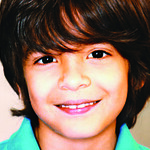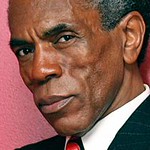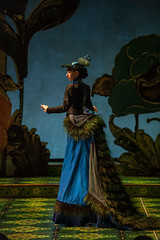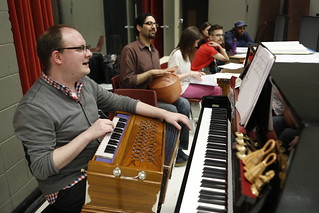“Uniquely comic and unabashedly theatrical, The Power of Duff also pulses with incredible emotional clarity. It tells the transformative story of one man waking up to life, just as it seemed he was too lost and it was too late.”— Peter DuBois
Anthropologist T.M. Luhrman noted in The New York Times that “These days we Americans live not only with political schismogenesis, but also religious schismogenesis.” Schismogenesis describes “mirroring reactions,” such as when you are in an argument and everything the opposing side says just makes you dig your heels in deeper. A common occurrence of this: basically every argument on the internet. She points out that lately, the extremes — pro-religion vs. atheists — have been entrenched in a battle that doesn’t reflect the reality of American belief. With The Power of Duff, playwright Stephen Belber has stepped gently into one of those areas of American life that doesn’t garner headlines or fallacious comparison in the comment section. He’s written a heartfelt drama dealing with, among other things, the quiet inexplicability of our spiritual life and how it plays out in our relationship with others.
Belber was inspired by a Time magazine article about religion in America reporting that 95% of Americas believe in God. While not surprised by the statistic, it made him consider writing a character who accesses the public’s faith in an unlikely way.
The Power of Duff tells the story of Charlie Duff, an aging, cynical news anchor in Rochester, New York, who has lost his ambition and his family. One night, on impulse, he closes his broadcast with a brief, sincere prayer. He continues to offer prayers, to the objection of his colleagues, when he learns that the local community is comforted and mobilized to acts of charity by his statements. The community effect of Charlie’s prayer is central to Belber’s concept of the play: “I was indeed interested in the idea of prayer being answered by a community rather than a ‘higher power.’ . . . [considering] what is possible if those 19 out of 20 Americans who believe in God actually put their spirituality to work.”
According to Pew Forum on Religion & Public Life the percentage of believers in the United States has been remarkably steady over time, but more and more Americans eschew organized religion altogether (12%). Close to 70% of that group profess a belief in God, and one in five say they pray daily. Charlie Duff falls neatly into this group of the religiously unaffiliated who nonetheless express religious or spiritual feeling, even down to his use of an unlikely platform. Or as Charlie puts it, “I guess I’ve always been suspicious. [Of] Some sort of . . . force. To be reckoned with.”
Perhaps Charlie Duff’s brush with prayer is best characterized by philosopher Soren Kierkegaard’s formulation: “The function of prayer is not to influence God, but rather to change the nature of the one who prays.” Charlie’s sudden spiritual and emotional openness doesn’t just change the city of Rochester; it also changes him. It doesn’t perfect him, but by reaching out to others and being reached out to in turn, he finds the courage to attempt a reconciliation, to reach for wholeness.

 Name: Akash Chopra
Name: Akash Chopra Name: André De Shields
Name: André De Shields Name: Kevin Carolan
Name: Kevin Carolan Name: Tommy Derrah
Name: Tommy Derrah


